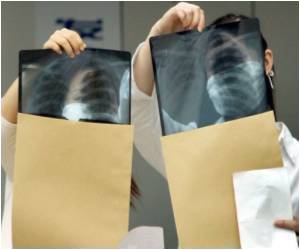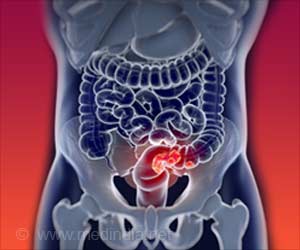A method to detect early signs of lung cancer by examining cheek cells in humans using pioneering biophotonics technology has been developed by scientists.

"By examining the lining of the cheek with this optical technology, we have the potential to prescreen patients at high risk for lung cancer, such as those who smoke, and identify the individuals who would likely benefit from more invasive and expensive tests versus those who don't need additional tests," said Hemant K. Roy, M.D., director of gastroenterology research at NorthShore.
The optical technique is called partial wave spectroscopic (PWS) microscopy and was developed by Vadim Backman, professor of biomedical engineering at Northwestern's McCormick School of Engineering and Applied Science. Backman and Roy earlier used PWS to assess the risk of colon and pancreatic cancers, also with promising results.
PWS can detect cell features as small as 20 nanometers, uncovering differences in cells that appear normal using standard microscopy techniques. The PWS-based test makes use of the "field effect," a biological phenomenon in which cells located some distance from the malignant or pre-malignant tumor undergoes molecular and other changes.
After testing the technology in a small-scale trial, Roy and Backman focused the study on smokers, since smoking is the major risk factor related to 90 percent of lung cancer patients.
The study was comprised of 135 participants including 63 smokers with lung cancer and control groups of 37 smokers with chronic obstructive pulmonary disease (COPD), 13 smokers without COPD and 22 non-smokers. The research was not confounded by the participants' demographic factors such as amount of smoking, age or gender. Importantly, the test was equally sensitive to cancers of all stages, including early curable cancers.
A further assessment of the performance characteristics of the "disorder strength" (as a biomarker) showed greater than 80 percent accuracy in discriminating cancer patients from individuals in the three control groups.
Source-ANI
 MEDINDIA
MEDINDIA




 Email
Email










